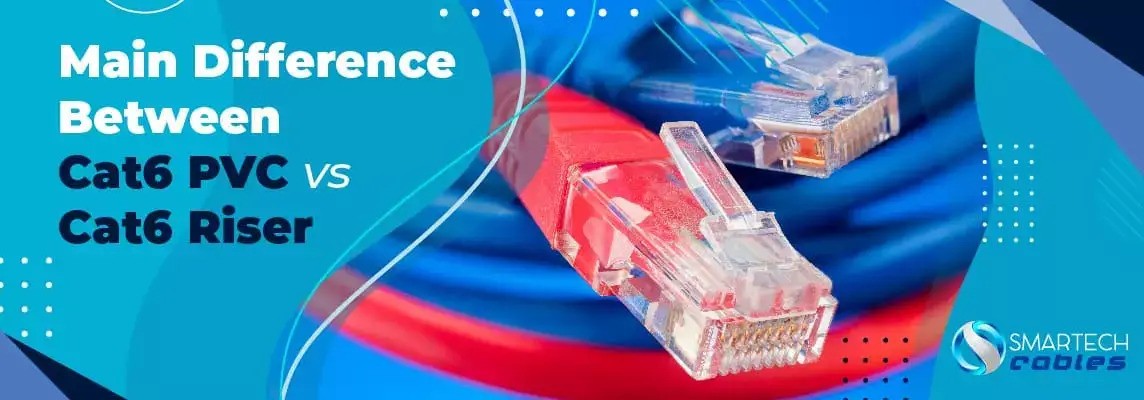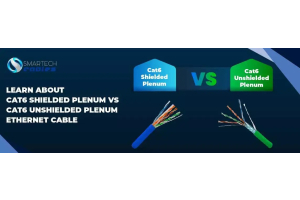Is Cat6 Riser a better choice than Cat6 PVC? Which one out of these two cables is better for your network? What makes either one of them superior to the other? Well, if you are bombarding Google with similar searches, then stop right here as we have got your back. This article is an absolute Cat6 PVC vs Cat6 Riser comparison guide.
Novice, and as a matter of fact, even the pros in the field are not aware of the NFPA (National Fire Protection Association) and don’t take into consideration the fact that their cable should meet certain standards including National Electrical Code or NFPA 70. This leads us to our first feature that separates two cables from one another.
Safety Standard:
When it comes to safety standards, Cat6 Riser cable has an upper hand over Cat6 PVC cables. The Underwriter Laboratories (UL) certification for the Cat6 Riser is one of the strictest standards in the industry. It is UL1666.
The Underwriter Laboratories certification for the Cat6 PVC is somewhat linear than Cat6 Riser.
When compared with PVC cables, the higher demand for the riser cables can be attributed to these higher safety standards. You can use a riser cable in place of a PVC cable. However, PVC cables are not allowed to be used in indoor spaces like riser spaces and plenum spaces.
Cat6 PVC vs Cat6 Riser: Cable Jacket Material:
Cat6 PVC uses low-quality and inexpensive jacket materials. When exposed to fire, this material releases thick smoke, dangerous chemicals, and highly polluted gas particles.
The jacket material of Cat 6 riser cables is better than PVC cables. It is designed in such an elegant way that its jacket material provides sufficient protection against UV and sunlight, making riser cables ideal for both indoor and outdoor installations.
Usage:
PVC cables are made to be used in outdoor installations. As their jacket material is not that fine as that of riser cable, you can’t use them in indoor places.
On the other hand, riser cables are made to be used in the riser spaces as they are fire-resistant and in case a fire erupts in the building, they halt fire progression.
Therefore, you can use riser cables in the outdoor spaces as a replacement for PVC cables. On the other hand, PVC cables are unfit to be considered as a replacement for riser cables.
Data Transfer Speed & Bandwidths:
When it comes to the data transfer speed, both riser and PVC variants of the Cat6 family share equal features. These cables can transfer data at speeds of 10Gbps over a distance of 55 meters and 1Gbps over a distance of 100 meters.
The bandwidth capacity of these cables stands at 550MHz.
As far as installation temperature is concerned, these cables can be installed at a temperature ranging from 0 degrees Celsius to 60 degrees Celsius.







